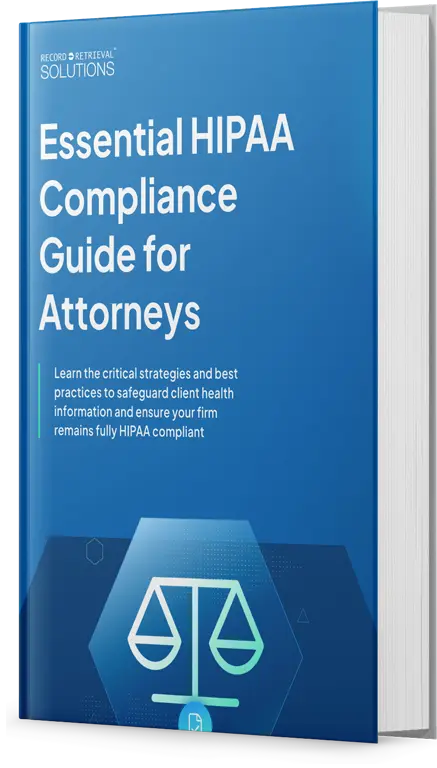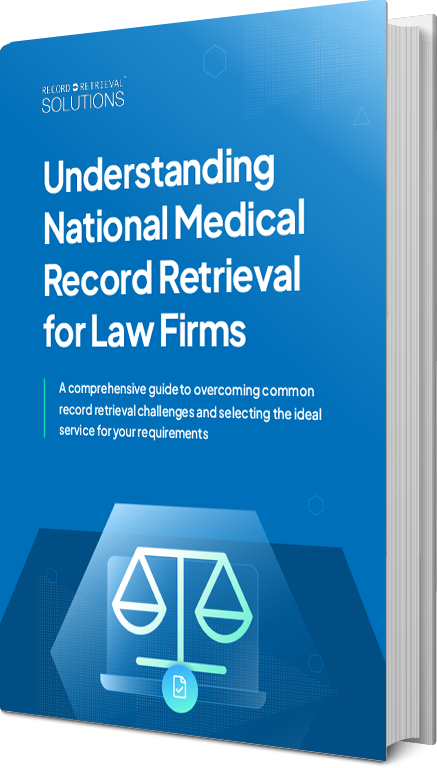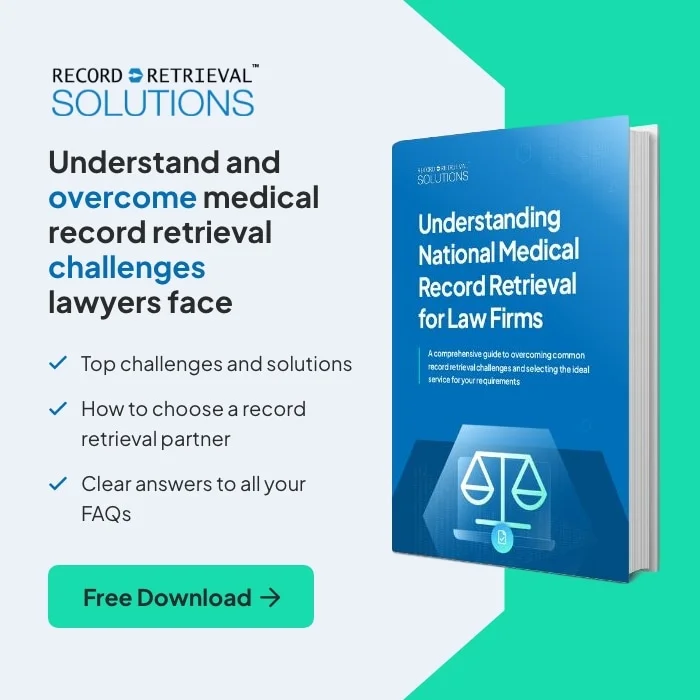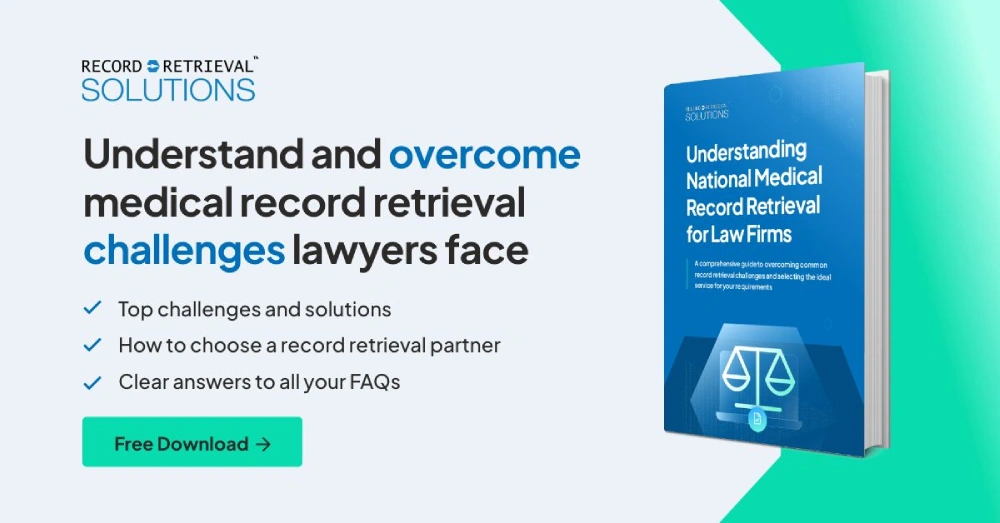As you explore mass tort litigation, staying informed about recent legislative changes and judicial decisions is crucial.
The legal landscape in 2025 has been significantly influenced by developments from the past two years, affecting how you approach cases and advocate for your clients.
This includes evolving processes around mass tort medical record collection and more streamlined mass tort record retrieval services that support your case-building efforts.
Legislative Changes Impacting Mass Tort Cases
PFAS Action Act of 2023
The PFAS Action Act of 2023 marked a significant development in environmental law by designating specific per- and polyfluoroalkyl substances (PFAS) as hazardous under CERCLA. This classification empowers the EPA to pursue cleanup costs from responsible parties and simplifies legal action against polluters. As PFAS-related health concerns become more prominent, you’ll likely see a rise in mass tort claims from communities affected by contaminated water supplies and industrial waste.
Product Safety Modernization Act of 2023
This act significantly boosted the Consumer Product Safety Commission’s (CPSC) authority, allowing for more proactive product recalls. For legal professionals, this shift translates to quicker case filings and broader liability exposure for manufacturers. If you’re working on product liability litigation, it’s essential to closely monitor recall notices and CPSC updates to stay ahead of potential claims.
European Union’s New Product Liability Directive
Even though this directive originates in the EU, it has global implications. Enacted in December 2024, it broadens liability to include digital products and AI-based technologies. It also shifts some burdens of proof to the manufacturer, a move that could influence U.S. policymakers and courts. For cases involving international manufacturers or tech products, this development sets a new standard for accountability and legal scrutiny.
Judicial Decisions Influencing Mass Tort Litigation
Supreme Court Ruling on Purdue Pharma Settlement
In a landmark decision in June 2024, the U.S. Supreme Court rejected Purdue Pharma’s proposed bankruptcy plan to shield the Sackler family from civil liability. The ruling emphasizes that third parties who haven’t filed for bankruptcy cannot receive the same protections. If you navigate settlements with large corporate defendants, this decision may limit non-debtor releases and shape future settlements. As of March 2025, Purdue filed a new bankruptcy plan.
3M Earplug Litigation Settlement
The $6 billion settlement by 3M in response to mass claims from U.S. military personnel over defective combat earplugs illustrates a pivotal moment in product liability litigation. It signals to manufacturers that large-scale settlements may be necessary to resolve prolonged multidistrict litigation (MDL). This case sets a precedent on accountability and reinforces the strategic importance of early negotiation and evidence consolidation.
Reinforcement of the Daubert Standard
Recent decisions in both federal and state courts have placed a renewed emphasis on the Daubert standard, particularly concerning expert testimony. Courts are demanding more rigorous scientific validation, so you must scrutinize your experts’ qualifications, methods, and sources more than ever. Strong, credible expert witnesses will increasingly determine whether a case advances or is dismissed in early proceedings.
Emerging Trends in Mass Tort Litigation
PFAS Water Contamination Lawsuits
PFAS litigation continues to expand nationwide, with ongoing class actions and individual claims against chemical manufacturers and municipal suppliers. As more studies link PFAS to cancer, thyroid disease, and other serious illnesses, the volume of cases is expected to grow. Be prepared to manage complex causation evidence and collaborate with environmental health experts. Supporting your efforts, specialized mass tort medical record services can help gather comprehensive documentation for each plaintiff.
Hernia Mesh Litigation
With Becton Dickinson settling approximately 38,000 hernia mesh lawsuits in late 2024, the trend of medical device litigation remains strong. These cases often concern product design flaws, inadequate warnings, and post-surgical complications. If you’re pursuing similar claims, focus on collecting detailed medical records and patient testimony to establish causality and long-term harm. Efficient mass tort record retrieval solutions are increasingly essential for handling high volumes of plaintiff records accurately and quickly.
Data Privacy and AI Harm Claims
New frontiers in mass tort litigation are emerging around data privacy breaches and artificial intelligence misuse. Claims related to algorithmic discrimination, biometric data collection, and mental health impacts from digital platforms are gaining traction. While these areas are still developing, early movers may help define how courts view liability and damages in the tech space.
FAQs
What are the most common mass tort cases?
Common mass tort cases include pharmaceutical and medical device litigation, environmental exposure claims, product liability, and workplace-related injuries or diseases. These cases often involve numerous plaintiffs who have suffered similar harm from a shared source.
What is the difference between MDL and mass tort cases?
Multidistrict litigation (MDL) is a legal procedure that consolidates multiple cases with common issues to streamline pretrial proceedings. Mass torts refer to the broader litigation category involving large groups of claimants. Not all mass torts are MDLs, but MDLs are a standard method for managing them efficiently.
What are some new areas of potential mass tort litigation?
Emerging areas include PFAS exposure, AI and data privacy harms, defective wearable tech, and long-term health effects from consumer chemical exposure. These areas are evolving rapidly and may shape the future of mass tort law.







